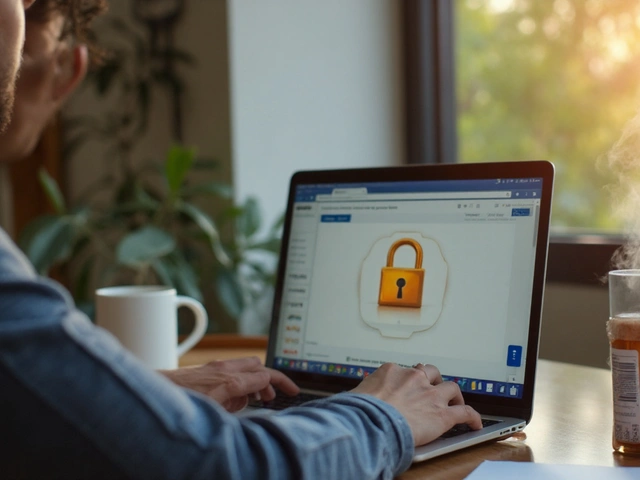Neurontin replacements: practical options for nerve pain, seizures, and anxiety
If you’re looking to replace Neurontin (gabapentin), you want something that works for nerve pain, seizures, or off-label uses like anxiety or hot flashes. Choices depend on your condition, side effects you can tolerate, and any other meds you take. Don’t swap drugs without talking to your doctor, but knowing the options helps you have a smarter conversation.
Prescription alternatives
Pregabalin (Lyrica) is the closest cousin to gabapentin. It often starts working faster and may be more effective for some people, though it can cause sleepiness and weight gain. Duloxetine (Cymbalta) is an antidepressant approved for diabetic nerve pain and fibromyalgia; it can help mood too but may upset the stomach. Tricyclic antidepressants like nortriptyline or amitriptyline are cheap and work well for chronic nerve pain, but watch for dry mouth, dizziness, and heart effects in older adults. Antiseizure options such as carbamazepine or lamotrigine may be better for certain seizure types; each has its own safety profile. If neuropathic pain is focal, topical agents like prescription lidocaine patches deliver local relief with fewer systemic effects.
Non-drug and self-care options
You don't have to rely only on pills. Physical therapy, targeted exercise, and nerve gliding can reduce pain and improve function. Cognitive behavioral therapy (CBT) helps when pain affects sleep and mood. Some people get relief from topical capsaicin, over-the-counter lidocaine, or TENS units that send mild electrical pulses. For sleep or anxiety related to nerve conditions, behavioral sleep changes, breathing exercises, and mindfulness can make a real difference.
How do you pick? Start by naming your main problem: seizures, burning nerve pain, or anxiety. If seizures are the issue, antiseizure drugs are the priority. For widespread neuropathy, duloxetine or tricyclics are often tried first. If a drug causes too many side effects, ask about switching doses or trying a different class—sometimes lower dose plus physical therapy gives better results than pushing one medication hard.
A few quick safety tips: check interactions if you take blood thinners or heart meds, avoid sudden stops with gabapentin or some antiseizure drugs, and report swelling, severe drowsiness, mood changes, or rash right away. If you need to buy meds online, use licensed pharmacies, check reviews, and avoid sites that sell controlled drugs without a prescription. Your pharmacist can also explain generics, costs, and patient assistance programs to lower price.
Bring a list of symptoms, current medicines, and what you tried before your visit. Ask which option has the fastest benefit, what side effects to expect, and how long before you reassess. Small changes often improve life more than a perfect drug. If you want, use our site to read deeper guides on specific replacements and how to buy medicines safely.
Common replacements people ask about include pregabalin, duloxetine, amitriptyline, carbamazepine, and lamotrigine. Each works differently. Track pain levels and side effects in a simple journal for two weeks to see what truly helps before making big changes. Talk openly with your provider today.




